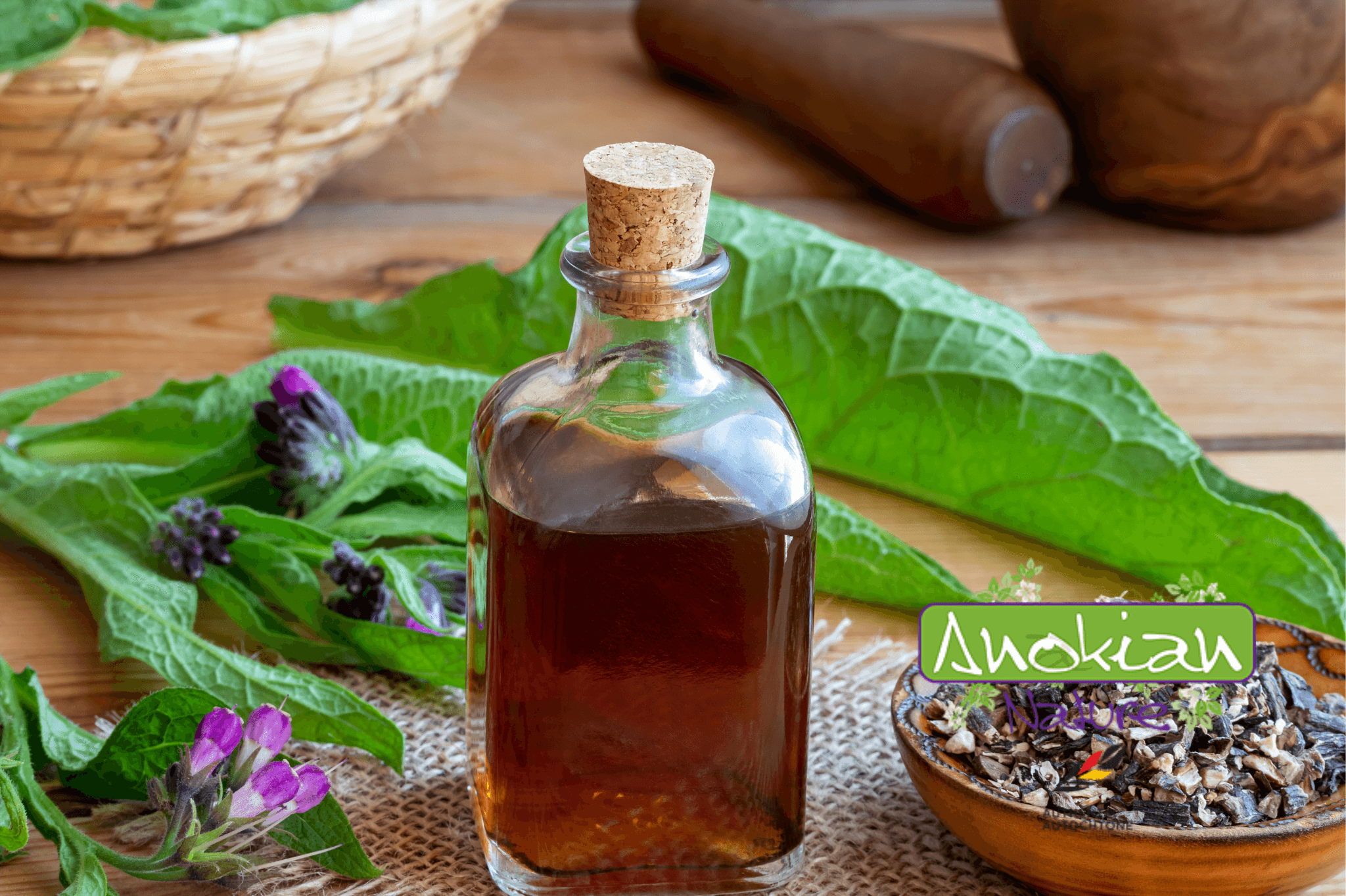Skip to product information










Root | Comfrey
$8.25 CAD

Quantity
Comfrey root is ideal for enriching your soil and promoting plant growth. Known for its natural fertilizing properties, it stimulates crop vitality while improving soil structure.